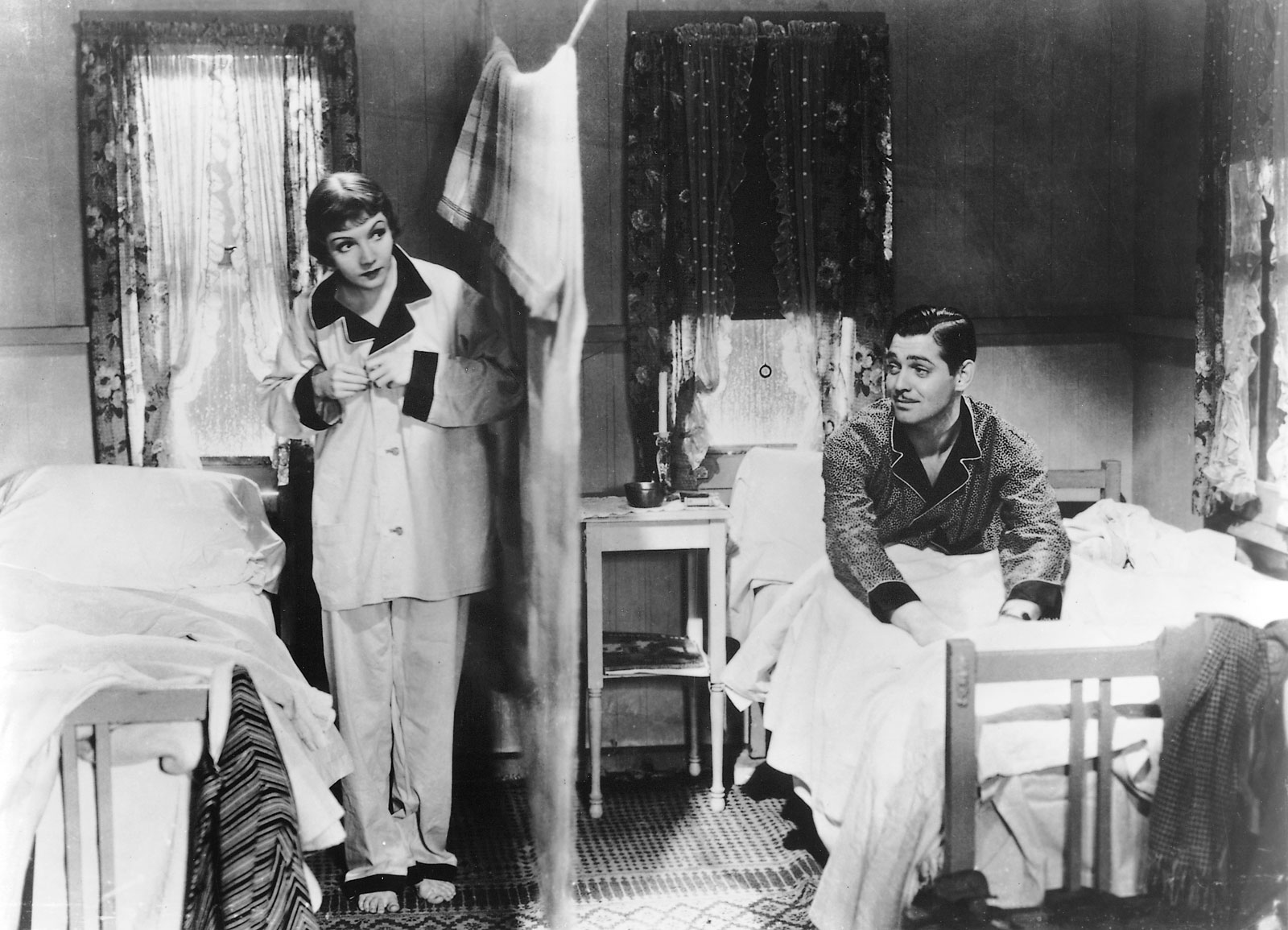Trapped
Posted on March 3, 2016 at 5:19 pm
B+| Lowest Recommended Age: | High School |
| MPAA Rating: | Not rated |
| Profanity: | None |
| Alcohol/ Drugs: | None |
| Violence/ Scariness: | References to violence against abortion providers |
| Diversity Issues: | A theme of the movie |
| Date Released to Theaters: | March 4, 2016 |
TRAP stands for Targeted Regulation of Abortion Providers. “Trapped” is a powerful new documentary that focuses on efforts to cut off women’s access to abortion by imposing requirements and restrictions on clinics that have no relationship to health or safety.
It could not be more timely, released the same week that the most significant challenge to Roe v. Wade was argued in the Supreme Court, just after the death of Justice Scalia makes a 4-4 split decision a possibility.
Lawyer-turned-documentarian Dawn Porter lets the people affected by these laws speak, interviewing the doctors and staff of abortion clinics to show the absurdity of the claim that the TRAP laws are based on concerns for women’s health and safety. A clinic staffer points to a requirement that “emergency lighting shall be provided in accordance with Sec. 7.9.” But there is no Sec. 7.9. Another says that they are required to spend $1100 a month on medication that has never been used but must be replaced every 30 days because it expires. Meanwhile, a protester stands outside a clinic screaming that women should be adored and cared for by men, while women who come to the clinic are berated.
We see the impact of the disinformation campaigns perpetrated by the anti-abortion forces, with clinic workers forced to provide misleading booklets and a young woman in the clinic worried that the abortion will make her sterile. It may sound reasonable to legislators who are not medical professionals to require abortion providers to have admitting privileges in the nearest hospital, but they do not understand the Catch-22: abortion is so safe that not enough patients are admitted to the hospital to retain those privileges.
And we see Alabama Supreme Court Chief Justice Roy Moore speaking at an anti-abortion event. (He has also opposed the Supreme Court’s ruling on marriage equality.)
We see a clinic staff member pray with a patient — and another one decide that “the grass is dry” and so she had better use her remote control to turn on the sprinkler that happens to be near a protester. Another staffer presents a doctor with a defiant bumper sticker: “May the fetus you save turn out to be a gay abortion provider.” We hear about 13-year-old rape victims who may be forced to bear the child of their rapists. What comes through most powerfully is their belief in supporting women in the decisions they have a right to make about what is best for them.



